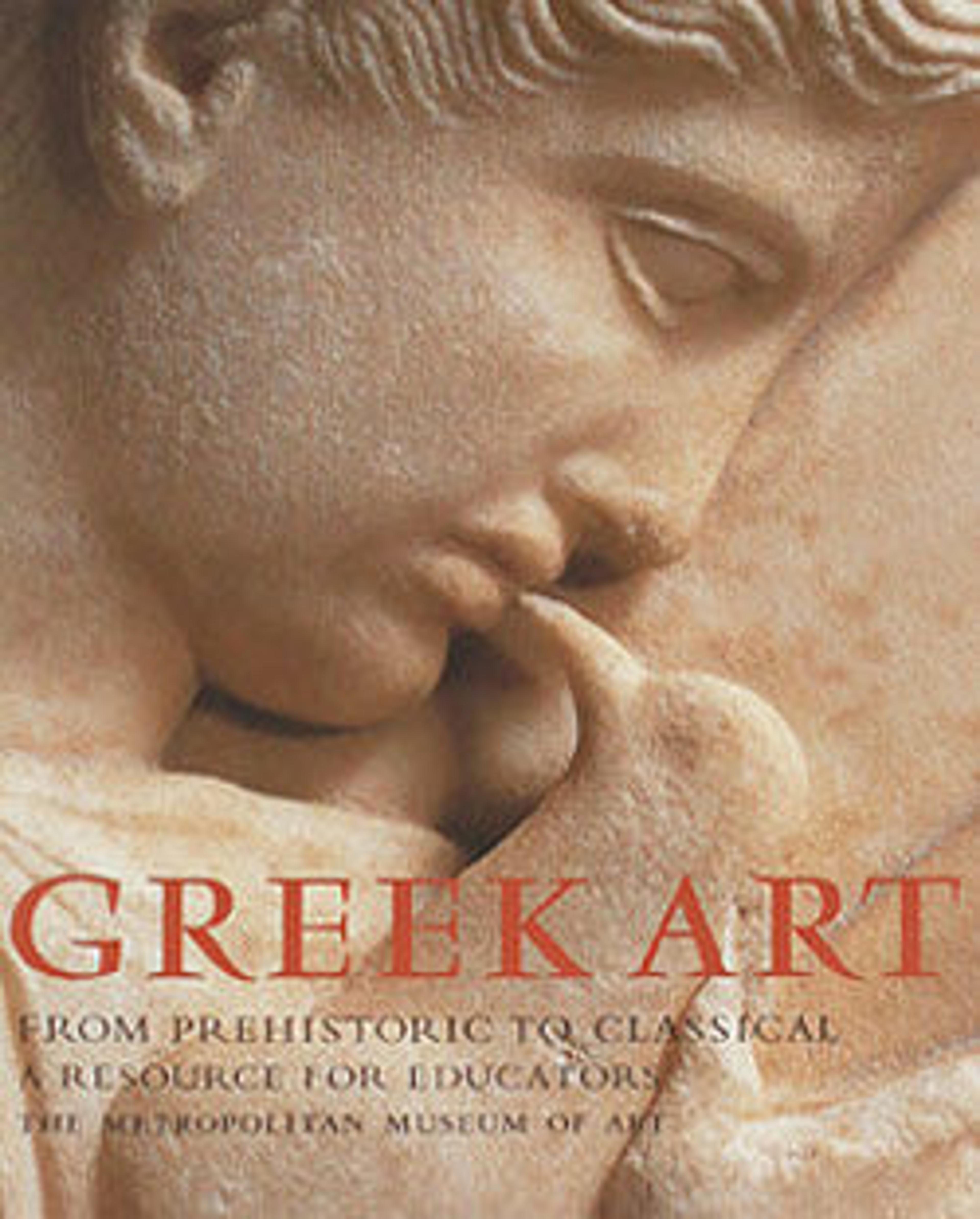Minerva
The entertaining French sculptor Claude Michel—called Clodion— spent nine years in Italy (1762–71), where he attended the French Academy in Rome and studied important collections of antiquities. Instructed by Charles-Joseph Natoire, director of the French Academy, to study sculpture by making clay copies instead of drawing, Clodion soon perfected a type of highly finished small terracotta sculpture popular with eighteenth-century collectors. Minerva combines the features of several ancient marbles, most importantly the Minerva Giustiniani in the Vatican. Clodion depicts the goddess of wisdom and the arts wearing a helmet, Greek chiton and mantle draped over her left shoulder and wrapped around her waist. Her raised right hand once held a spear (now lost). Her lowered left hand steadies a shield with quilted padding and arm straps on the inside; a delicately incised head of Medusa appears on the other side, probably added to the damp clay before finishing, along with Clodion's signature at the base.
Artwork Details
- Title: Minerva
- Artist: Clodion (Claude Michel) (French, Nancy 1738–1814 Paris)
- Date: 1766
- Culture: French, modeled Italy, Rome
- Medium: Terracotta
- Dimensions: Height: 18 3/4 in. (47.6 cm)
- Classification: Sculpture
- Credit Line: Purchase, Charles Ulrick and Josephine Bay Foundation Inc. Gift, 1975
- Object Number: 1975.312.6
- Curatorial Department: European Sculpture and Decorative Arts
More Artwork
Research Resources
The Met provides unparalleled resources for research and welcomes an international community of students and scholars. The Met's Open Access API is where creators and researchers can connect to the The Met collection. Open Access data and public domain images are available for unrestricted commercial and noncommercial use without permission or fee.
To request images under copyright and other restrictions, please use this Image Request form.
Feedback
We continue to research and examine historical and cultural context for objects in The Met collection. If you have comments or questions about this object record, please contact us using the form below. The Museum looks forward to receiving your comments.
